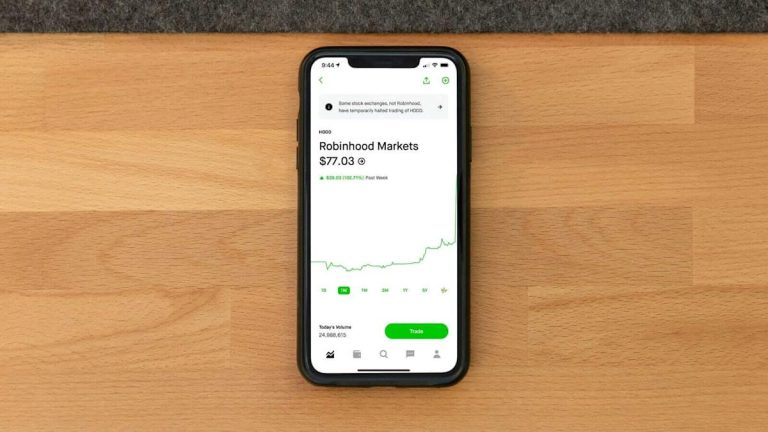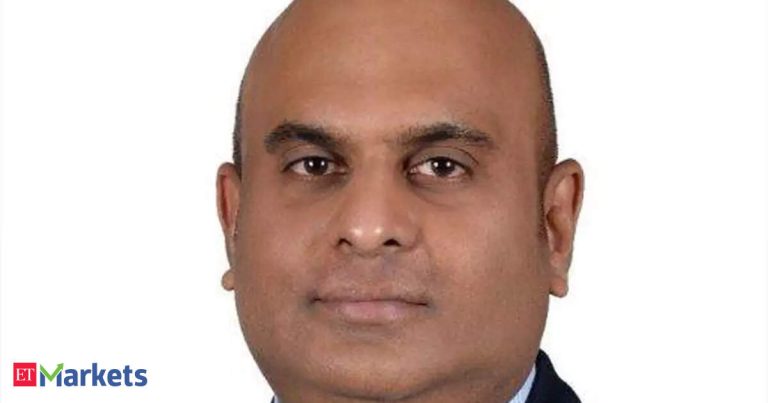The country’s ‘Make in India’ push is gaining momentum but how self-reliant is the supply chain?.
Rich Taylor, a China-based product leader, recently called out the uncomfortable reality behind India’s manufacturing boom. “Make in India depends on Made in China,” he wrote on LinkedIn, after a dinner with peers exploring alternatives to Chinese sourcing.
“The deeper you look into India’s manufacturing push, the more upstream dependence you find.”
Taylor pointed to India’s Production-Linked Incentive (PLI) scheme, which has driven growth in assembly across sectors from EVs to consumer electronics. But he argues the critical technology — chips, components, intellectual property — still flows from China.
“You don’t just ‘friend-shore’ 20 years of integrated R&D and manufacturing overnight,” he wrote. “It’s pure hopium to think otherwise.”
Apple’s growing presence in India is often cited as a success story. Since 2017, the company has moved from producing entry-level iPhones to high-end Pro models. But most of this work is final assembly, test, and pack (FATP), with components still shipped in from China.
Patrick McGee, former Financial Times Apple correspondent, highlights this gap in his book Apple in China. He compares India’s iPhone output — 15 million units by 2023 — to China’s 153 million over a similar seven-year span. Despite strong growth, India’s pace is far slower.
McGee notes that the logistics of splitting production between India and China create more complexity than resilience. A former Apple engineer told him that India’s supply chain is still in its early stages, adding: “Made-in-India iPhones are assembled in China, disassembled there, and then sent to China for reassembly.”
Taylor agrees that India has potential, especially with current tariffs and companies looking to diversify. But he warns that ambition alone won’t build full-scale capability. “Policy doesn’t build value chains — execution, partnerships, and talent pipelines do.”






